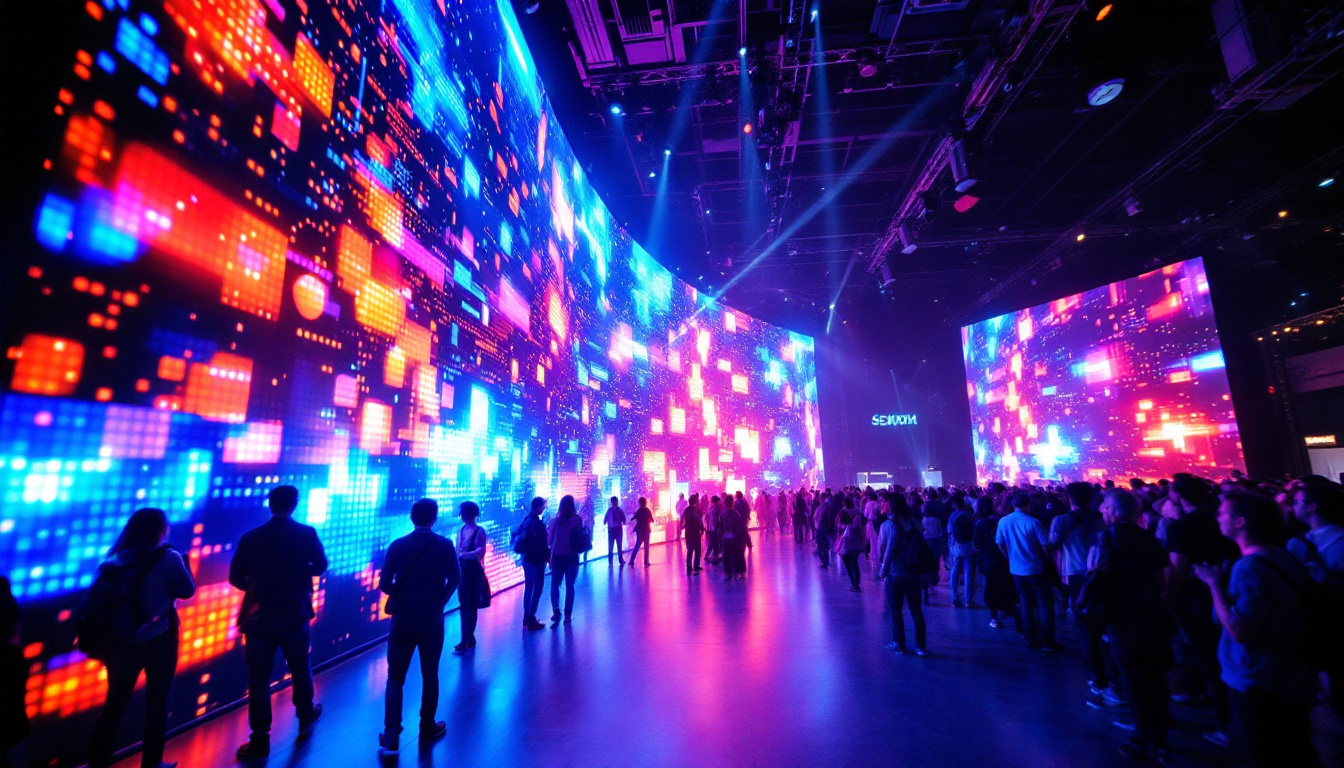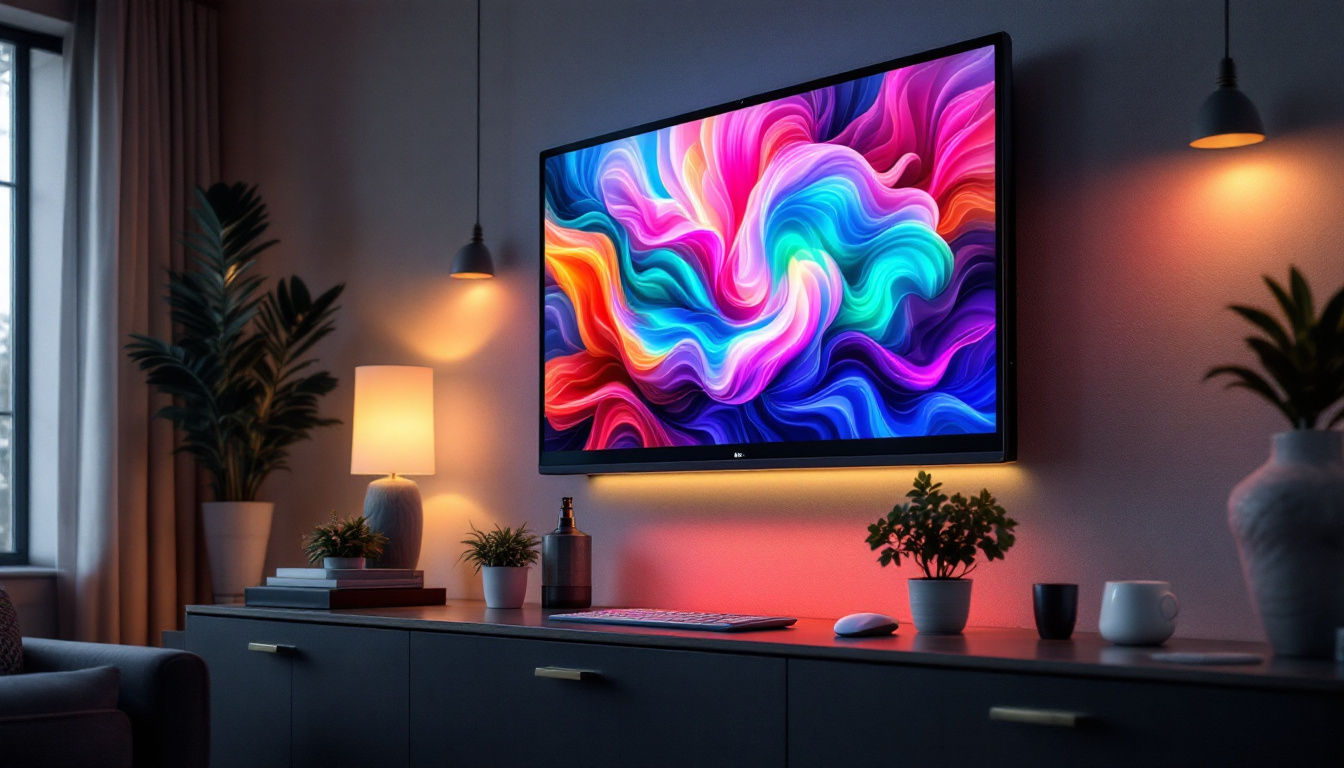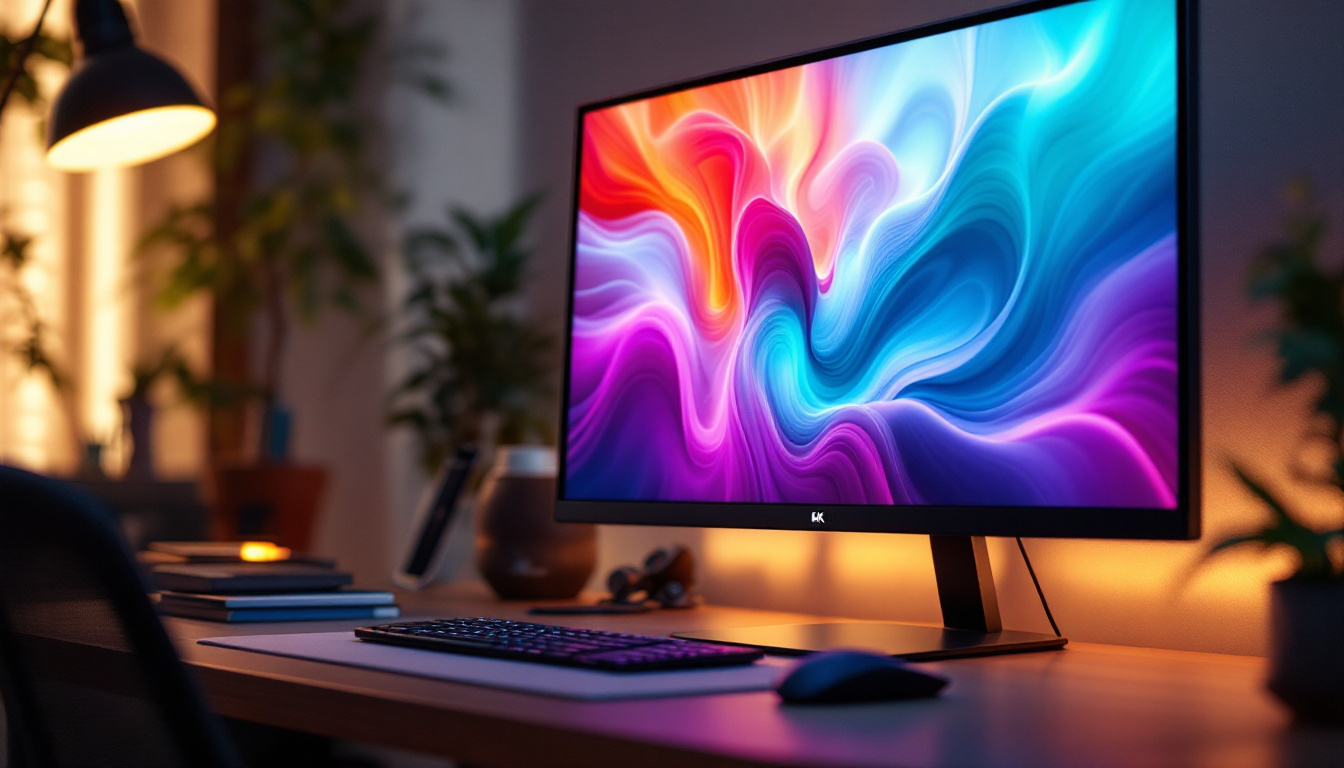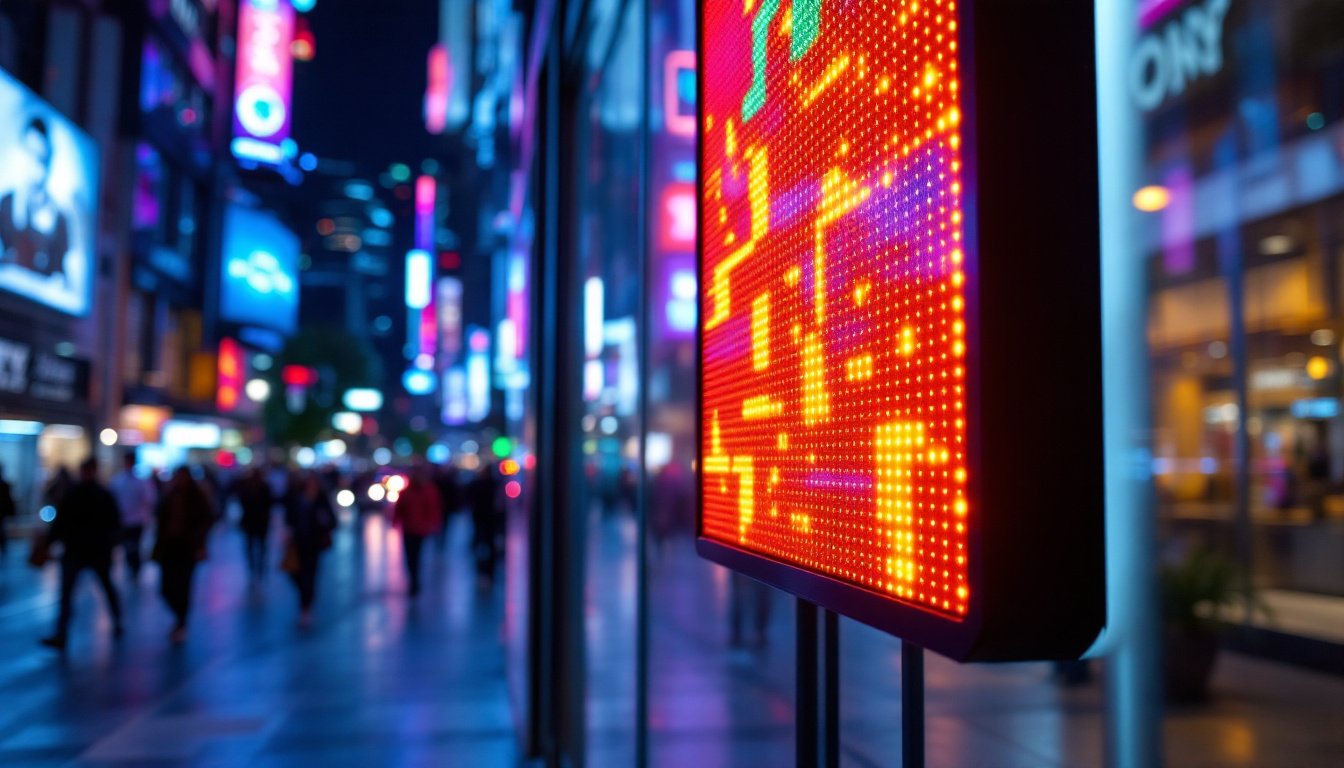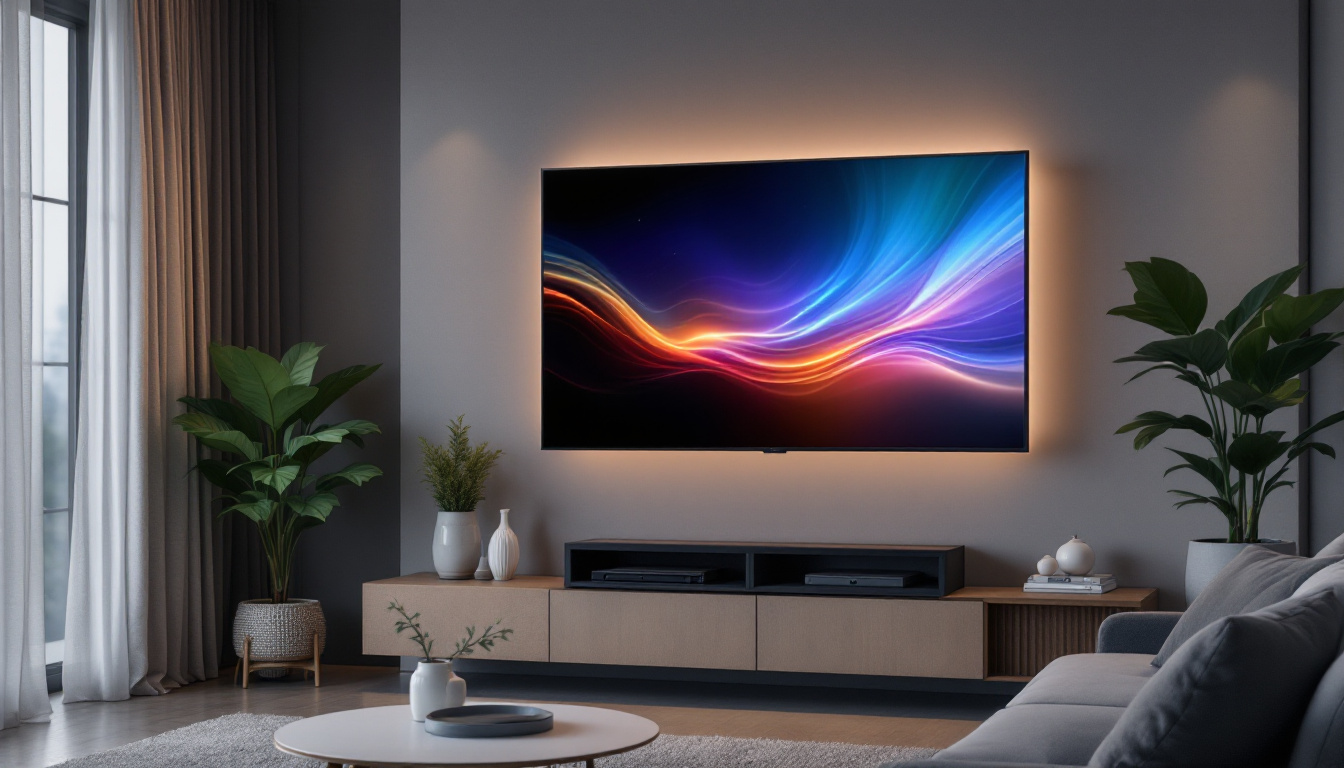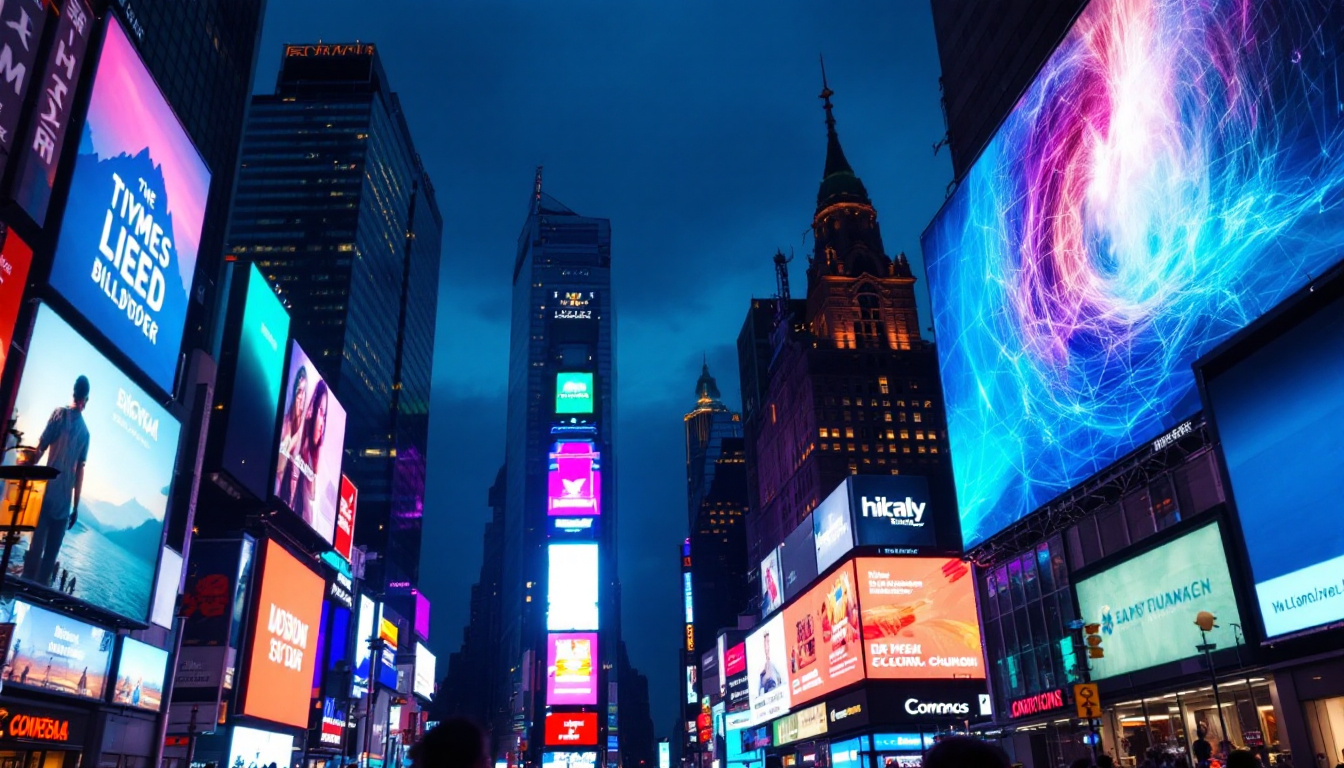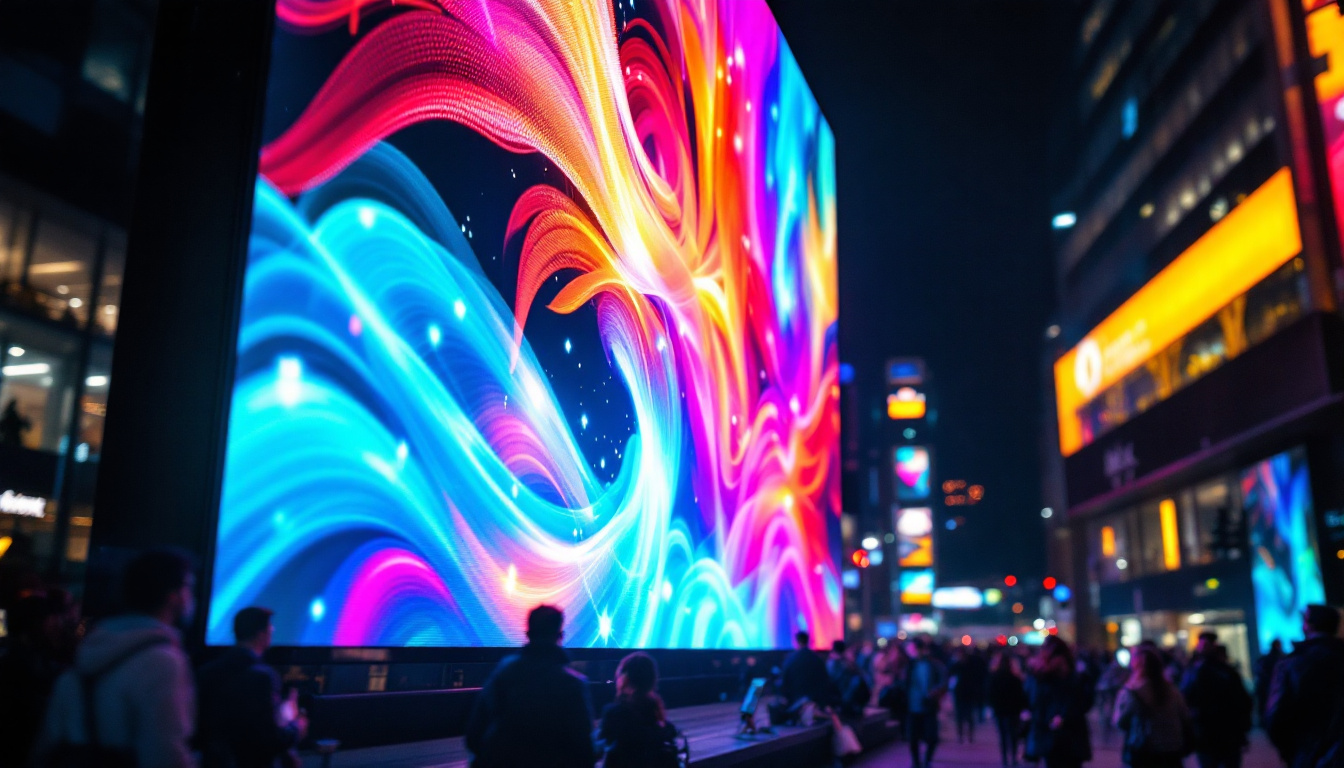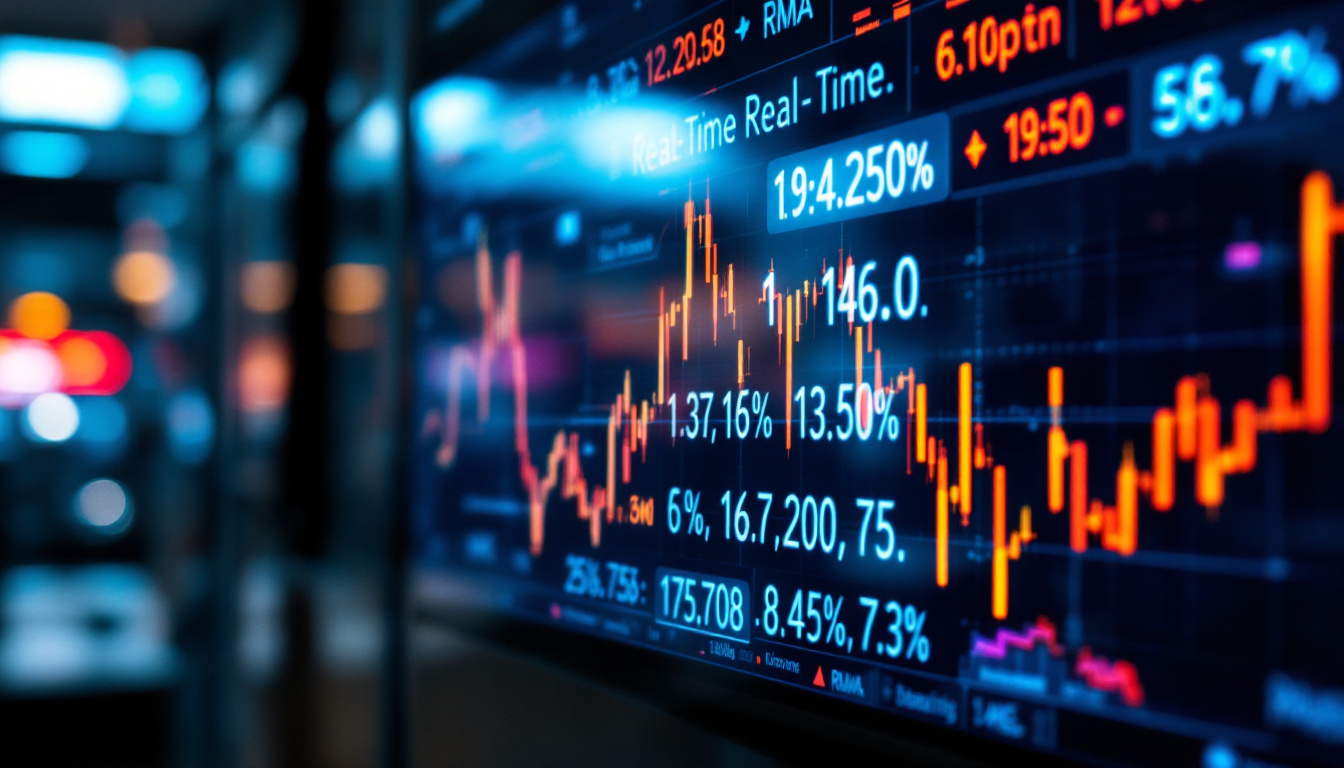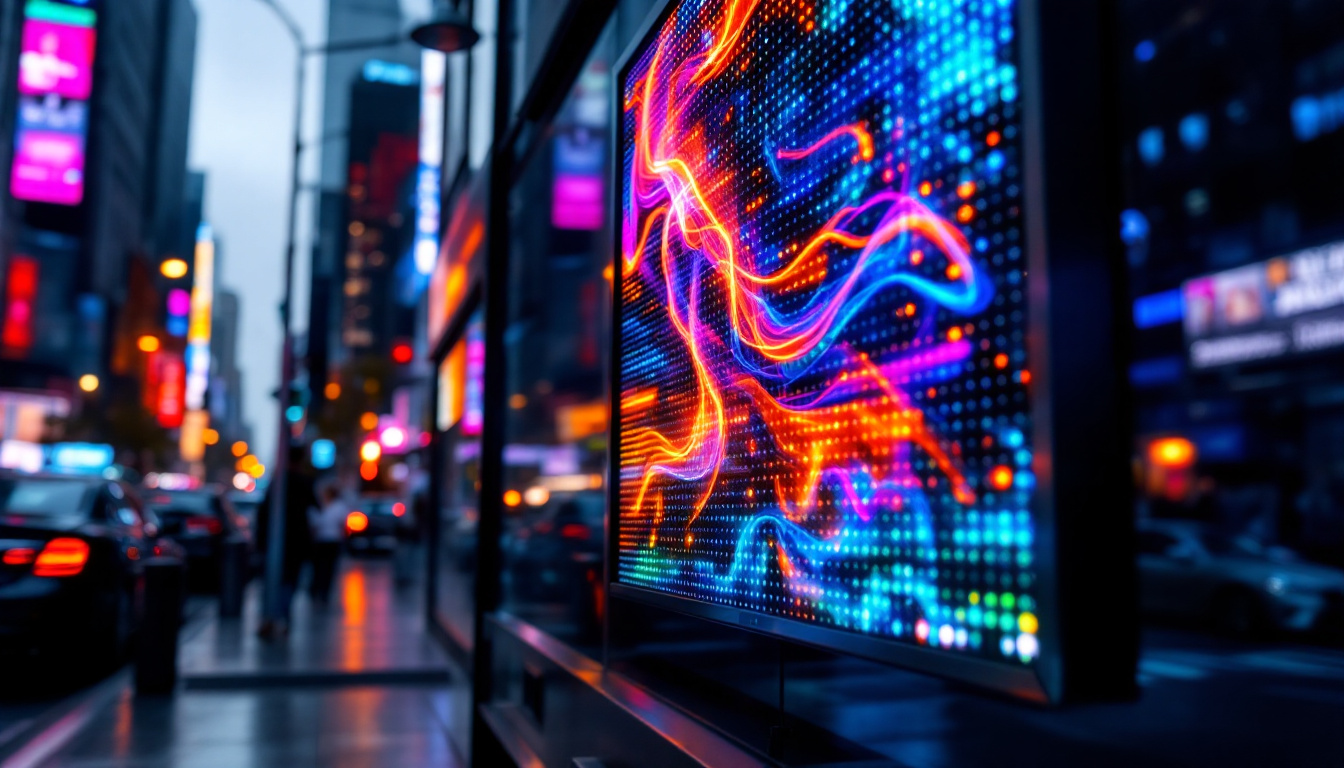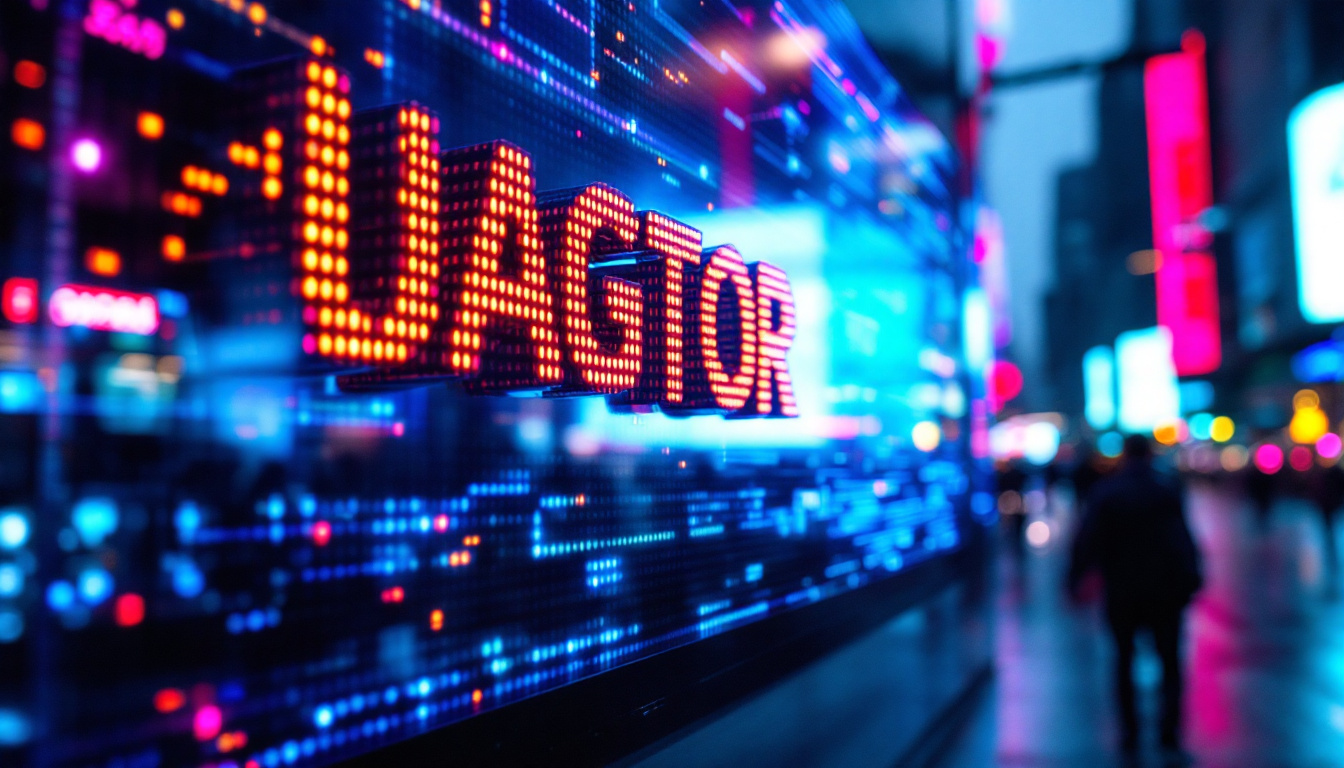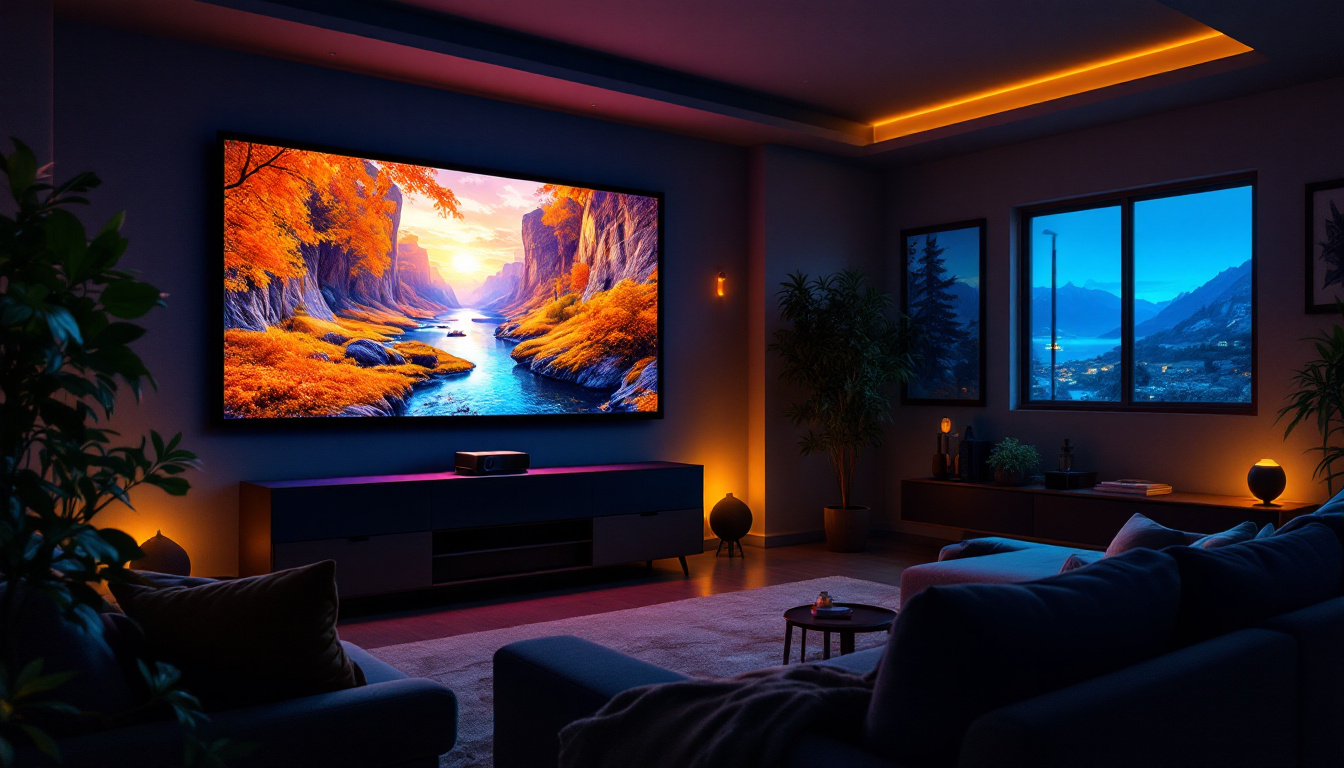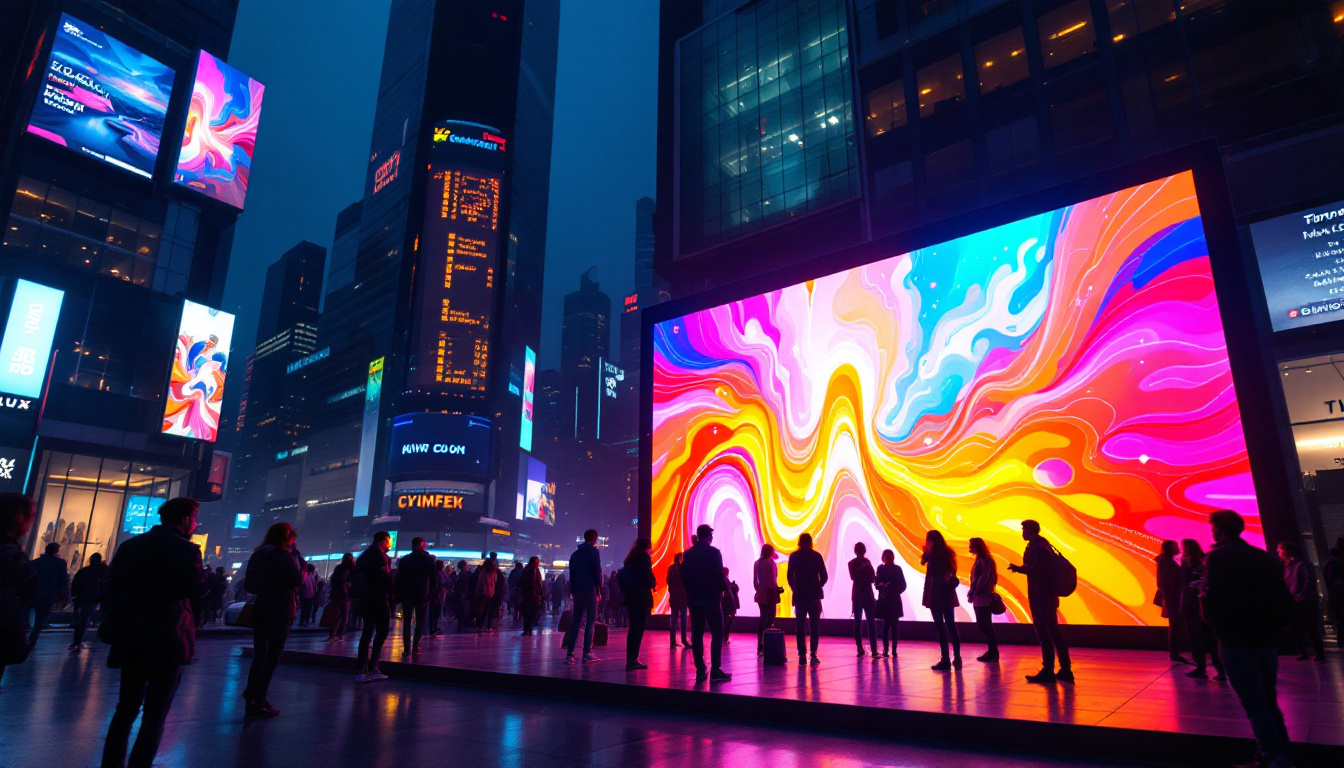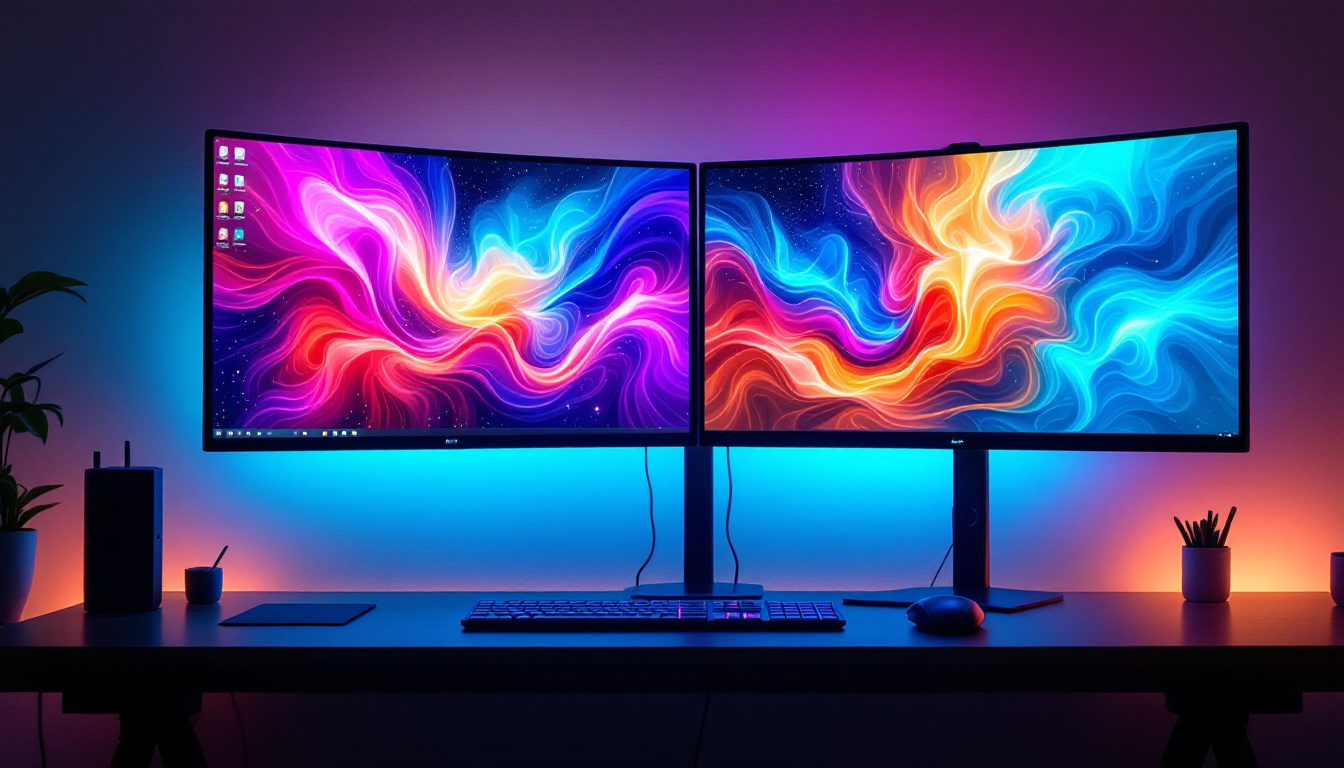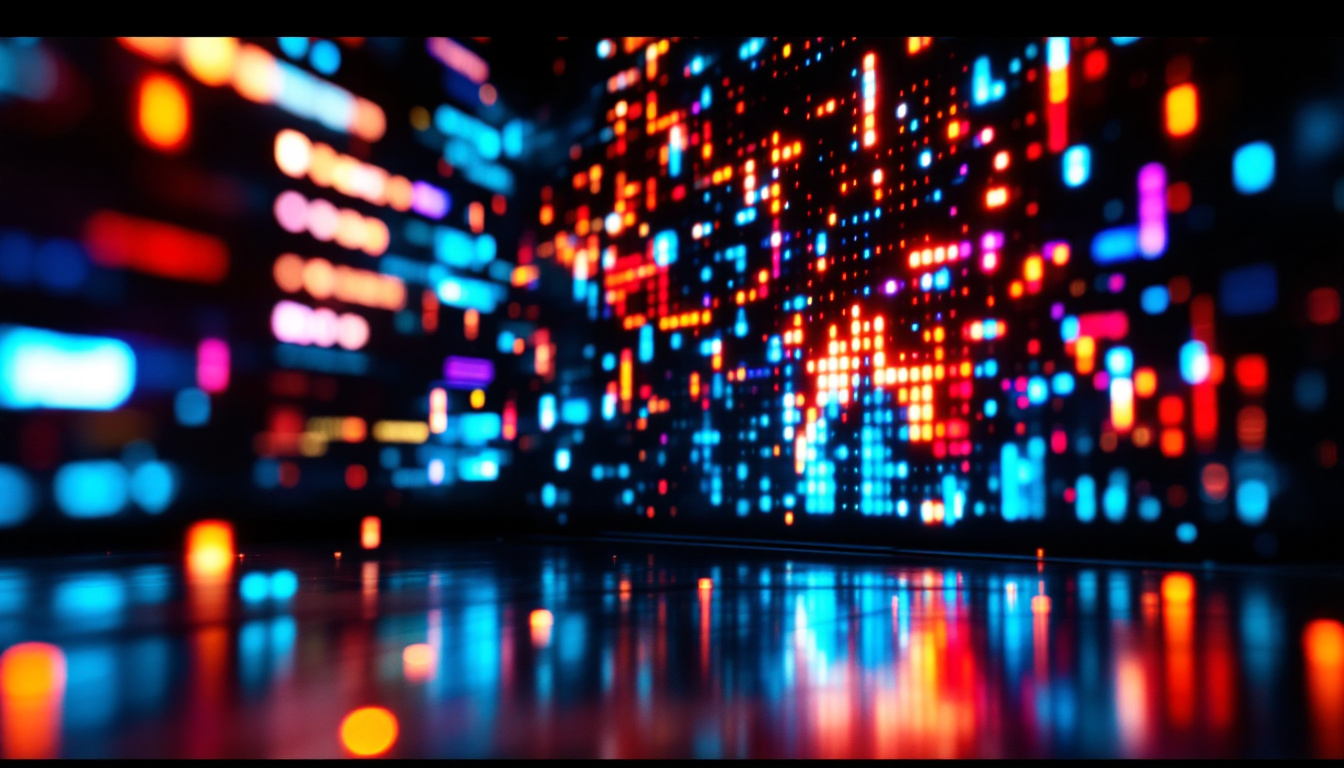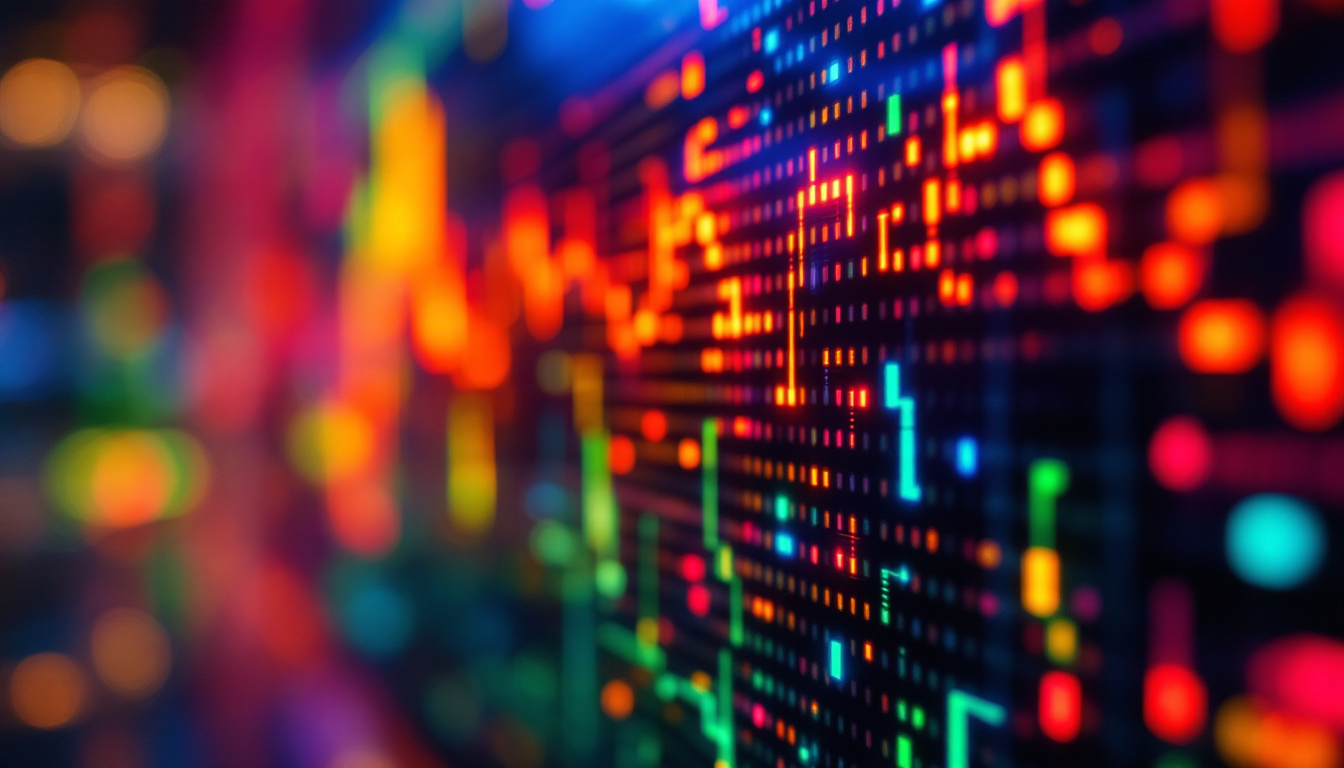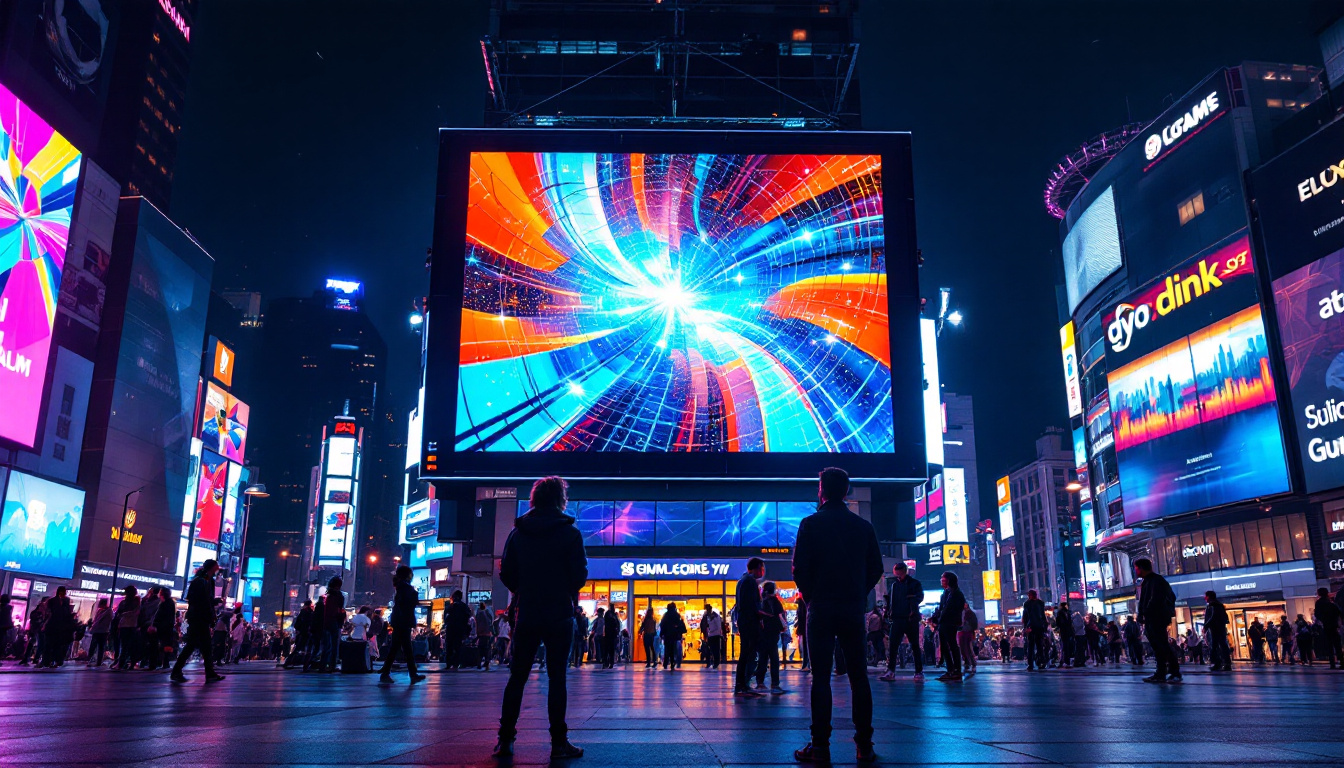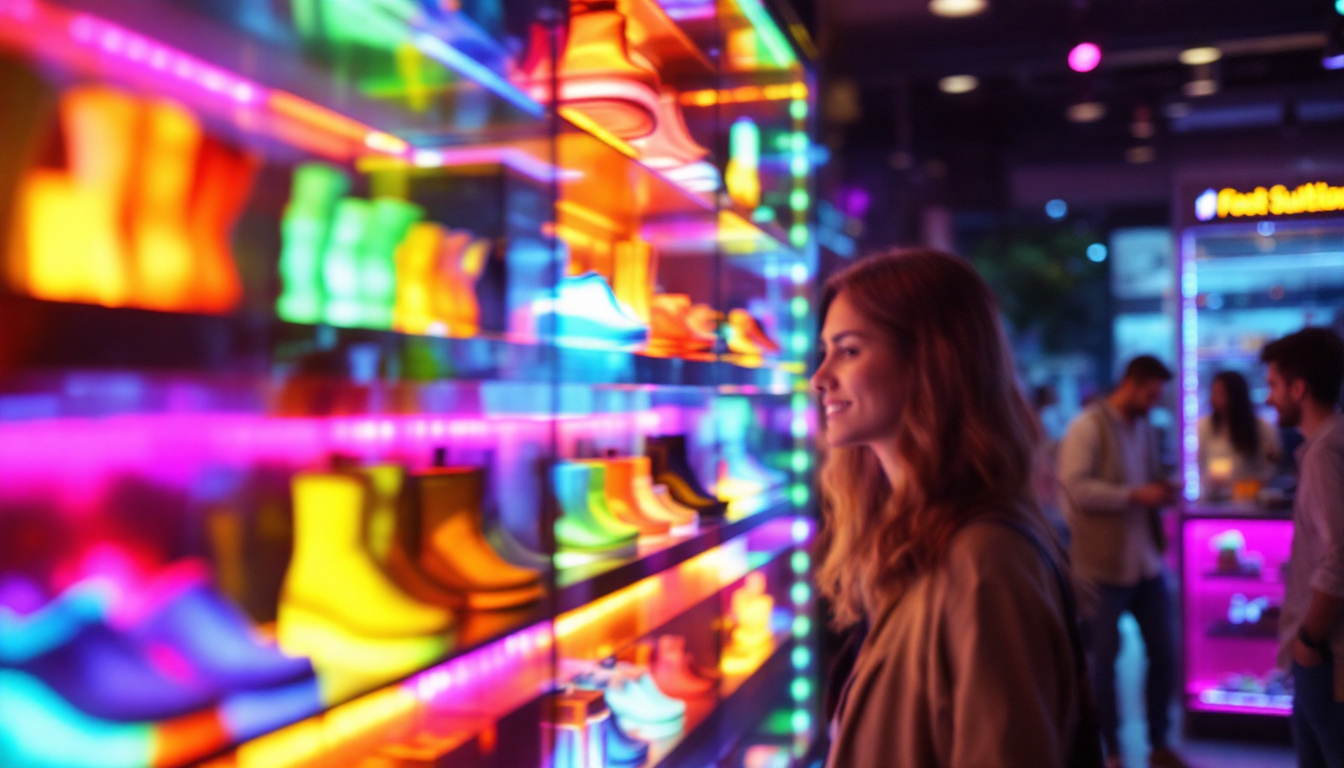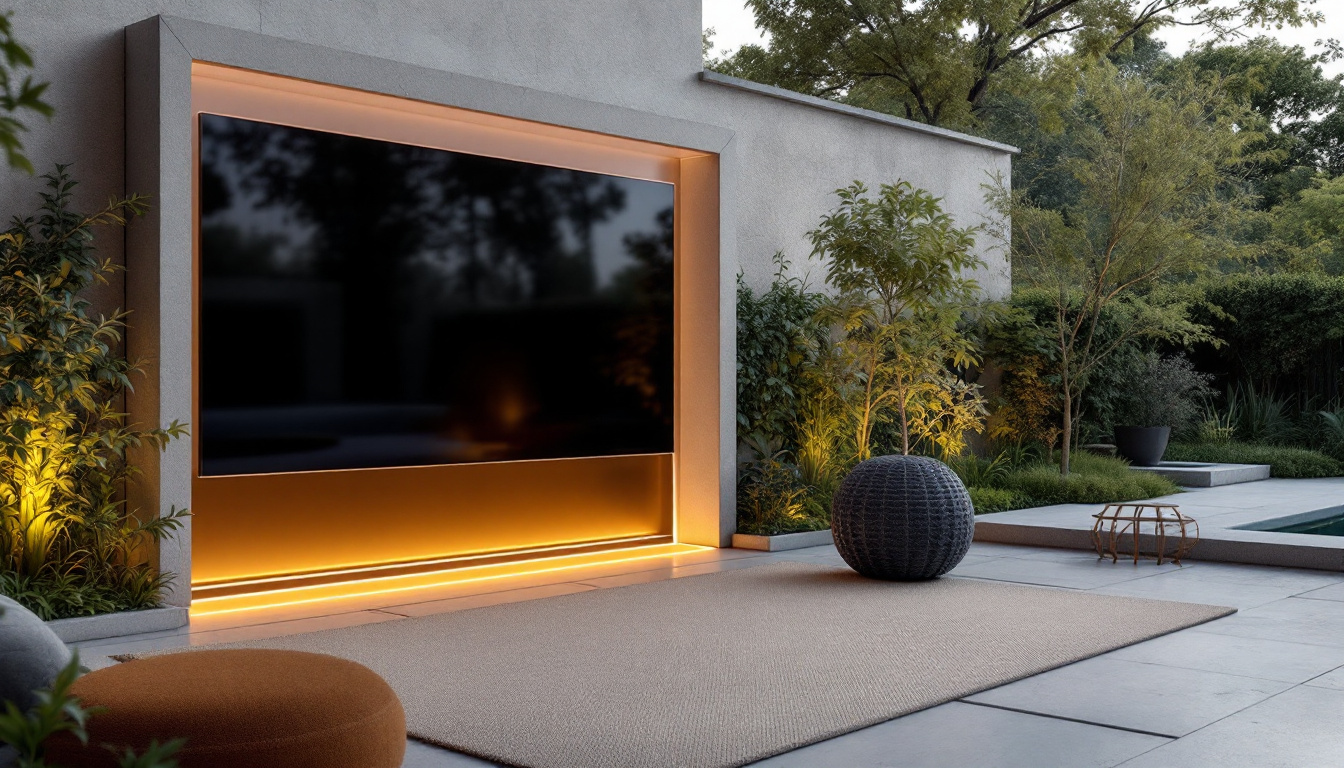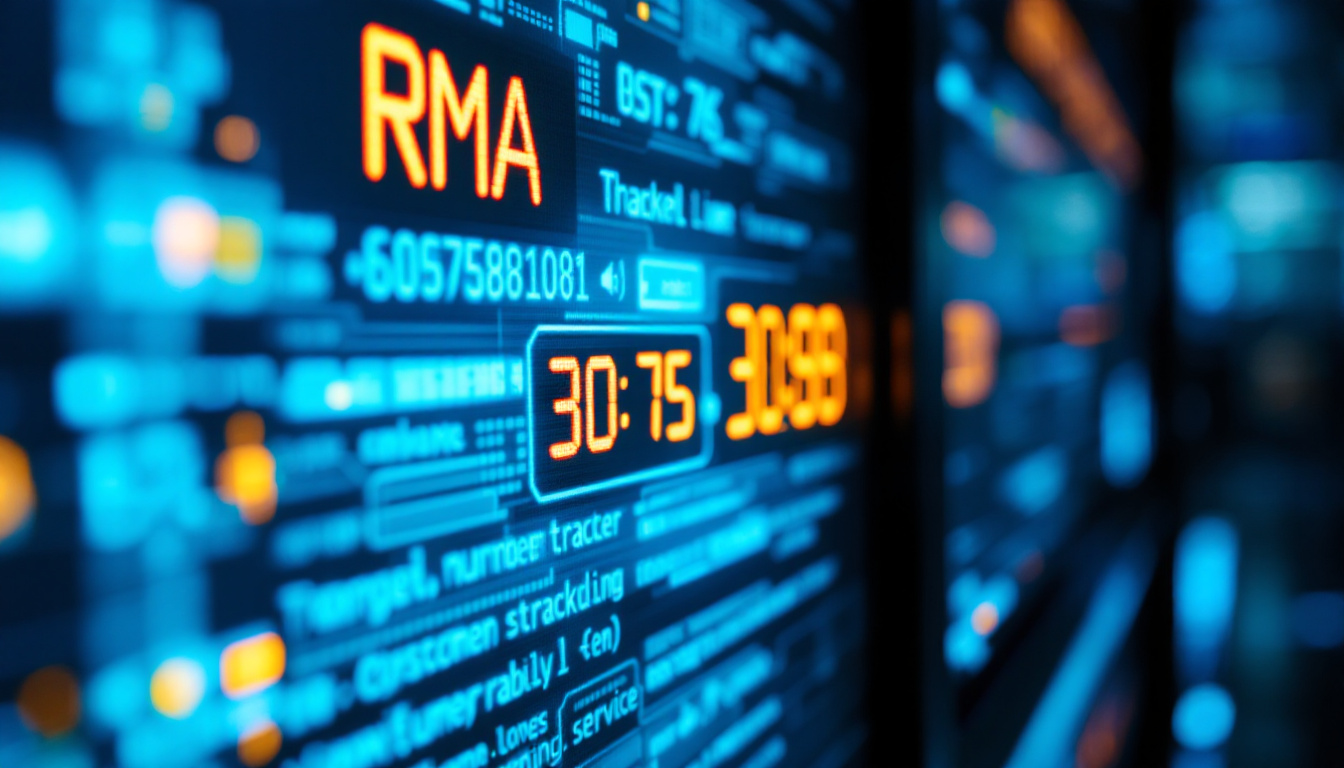In the world of event management and venue presentation, LED displays have emerged as a transformative technology. They are not just a trend; they are a staple in modern venues, offering vibrant visuals and dynamic content delivery. This article delves into the intricacies of LED displays, exploring their functionality, advantages, and applications in various settings.
Understanding LED Technology
LED, or Light Emitting Diode, technology has revolutionized the way visual content is displayed. Unlike traditional lighting methods, LEDs utilize semiconductor materials to emit light when an electric current passes through them. This fundamental difference allows for a range of benefits that make LED displays particularly suited for venues. Their compact size and lightweight nature enable easy installation and versatility in design, allowing for creative applications that were previously unimaginable. As a result, LED technology has become a staple in everything from concert stages to sports arenas, enhancing the overall experience for audiences.
How LED Displays Work
At the core of LED displays are thousands of tiny diodes that work together to create images and videos. Each diode can emit different colors, and when combined, they produce a full spectrum of hues. The arrangement of these diodes forms a pixel, which is the basic unit of any display. The more pixels in a display, the higher the resolution and clarity of the image. This pixel density is crucial for applications such as digital billboards, where viewers may be positioned at varying distances. Furthermore, advancements in pixel technology, such as the development of microLEDs, have allowed for even finer pixel pitches, resulting in stunning visual fidelity that can captivate audiences from afar.
LED displays can be categorized into two main types: direct view and rear projection. Direct view LED displays are commonly used for large-scale outdoor advertising and events, while rear projection displays are often found in indoor venues where space is limited. Each type has its own set of advantages, making them suitable for different applications. For instance, direct view displays are known for their brightness and visibility in daylight, making them ideal for outdoor use, whereas rear projection displays can offer a more immersive experience in controlled lighting environments, such as theaters or conference rooms.
The Evolution of LED Displays
The journey of LED technology began in the early 1960s, but it wasn’t until the late 1990s that LED displays became commercially viable. Over the years, advancements in technology have led to the development of high-definition displays, enabling sharper images and better color accuracy. Today, LED displays are more energy-efficient and cost-effective than ever before, making them accessible to a wider range of venues. Innovations such as flexible LED screens have opened up new possibilities for creative installations, allowing designers to create curved or uniquely shaped displays that can fit into unconventional spaces. Additionally, the integration of smart technology has enabled LED displays to be interactive, providing real-time information and engaging experiences for viewers.
Advantages of LED Displays
LED displays offer a myriad of benefits that make them an attractive choice for venues. From enhanced visibility to energy efficiency, these advantages contribute to their growing popularity in various sectors.
High Brightness and Visibility
One of the most notable features of LED displays is their high brightness. This characteristic makes them suitable for both indoor and outdoor environments, ensuring that content remains visible even in direct sunlight. The ability to adjust brightness levels also allows for optimal viewing experiences in different lighting conditions.
Moreover, LED displays have a wide viewing angle, meaning that audiences can enjoy clear visuals from various positions within a venue. This is particularly important for large events where attendees may be seated far from the display. The advanced technology behind LED screens also allows for vibrant color reproduction, enhancing the overall aesthetic appeal of the content being presented. This capability is especially beneficial for advertising and promotional displays, where capturing the audience’s attention is crucial.
Energy Efficiency and Longevity
Another significant advantage of LED technology is its energy efficiency. LED displays consume considerably less power compared to traditional display technologies, such as LCD or projection systems. This not only reduces operational costs but also minimizes the environmental impact of venues.
Additionally, LED displays have a longer lifespan, often lasting up to 100,000 hours or more. This durability means that venues can invest in LED technology with confidence, knowing that they will not need frequent replacements or extensive maintenance. The robust nature of LED displays also makes them resistant to shocks and vibrations, which is particularly advantageous in dynamic environments like concerts or sports events. Furthermore, the low heat emission of LEDs contributes to a cooler operating environment, reducing the need for additional cooling systems and further enhancing energy savings.
Applications of LED Displays in Venues
LED displays are versatile and can be utilized in a variety of settings. Their applications range from advertising and branding to enhancing the overall experience of attendees at events.
Event Venues
In event venues, LED displays play a crucial role in engaging audiences. They can be used to showcase event schedules, sponsor advertisements, and live feeds of performances or presentations. The dynamic nature of LED displays allows for real-time updates, ensuring that attendees are always informed.
Moreover, LED displays can create immersive environments. By utilizing video walls or large-format displays, event organizers can transform a space, making it visually captivating and enhancing the overall atmosphere. For instance, during concerts or festivals, LED screens can synchronize with music, creating a multisensory experience that resonates with the audience. This synchronization not only elevates the performance but also fosters a deeper connection between the artists and the attendees, making the event memorable.
Additionally, LED displays can be used for interactive elements, such as audience participation polls or social media feeds, which encourage engagement and create a sense of community among attendees. By integrating technology with traditional event elements, organizers can elevate the experience, ensuring that every moment is visually stimulating and engaging.
Retail and Advertising
Retail spaces have also embraced LED displays as a powerful marketing tool. Digital signage allows retailers to display promotions, product information, and engaging content that can attract customers. The ability to change content quickly and easily means that retailers can respond to trends and customer preferences in real-time.
Outdoor LED displays, particularly in high-traffic areas, serve as effective advertising platforms. Their vibrant visuals and motion capabilities capture the attention of passersby, making them a preferred choice for brands looking to make an impact. Furthermore, these displays can be programmed to show targeted advertisements based on the time of day or specific demographics, maximizing their effectiveness. For instance, a coffee shop might promote morning specials during rush hour, while a clothing store could highlight evening sales as shoppers leave work.
In addition to traditional advertising, LED displays can also enhance the in-store experience. Interactive displays can provide customers with detailed product information, reviews, and even virtual try-on experiences, allowing them to make informed purchasing decisions. This not only increases customer satisfaction but also drives sales by creating a more engaging shopping environment. As technology continues to evolve, the integration of LED displays in retail settings is likely to become even more sophisticated, further blurring the lines between digital and physical shopping experiences.
Choosing the Right LED Display for Your Venue
When considering the implementation of LED displays in a venue, several factors must be taken into account. Understanding the specific needs and goals of the venue will guide the selection process.
Size and Resolution
The size of the LED display is paramount. It should be proportionate to the venue and the distance from which the audience will view it. Larger displays are ideal for outdoor settings or large auditoriums, while smaller displays may suffice for intimate venues.
Resolution is another critical factor. Higher resolution displays provide clearer images, which is particularly important for detailed content. Venues should assess the type of content they plan to display to determine the appropriate resolution.
Installation and Maintenance
Installation requirements for LED displays can vary significantly. Some displays are designed for easy installation, while others may require professional setup. Venues should consider their technical capabilities and whether they have the resources to manage installation and ongoing maintenance.
Regular maintenance is essential to ensure optimal performance. Venues should establish a maintenance plan that includes routine checks and cleaning to prolong the lifespan of the display and maintain image quality.
Future Trends in LED Display Technology
The LED display industry is continuously evolving, with new innovations and trends emerging regularly. Staying informed about these developments can help venues remain competitive and enhance their offerings.
Advancements in Resolution and Color Accuracy
As technology progresses, LED displays are becoming capable of achieving even higher resolutions and improved color accuracy. This trend is particularly evident in the development of microLED and miniLED technologies, which promise to deliver stunning visuals with greater detail and vibrancy.
These advancements will enable venues to create more immersive experiences, allowing for the display of high-definition content that captivates audiences and enhances engagement.
Integration with Interactive Technologies
Another exciting trend is the integration of LED displays with interactive technologies. Touchscreen capabilities and augmented reality (AR) features are becoming more common, allowing audiences to engage with content in innovative ways. This interactivity can enhance the overall experience, making events more memorable.
As venues look to differentiate themselves, incorporating interactive LED displays can provide a unique selling point that attracts more visitors and enhances audience participation.
Conclusion
LED displays have become an indispensable tool for venues seeking to enhance their visual communication and audience engagement. With their high brightness, energy efficiency, and versatility, they offer a range of benefits that can significantly improve the overall experience for attendees.
As technology continues to evolve, the potential for LED displays in venues will only grow. By understanding the intricacies of this technology and its applications, venue managers can make informed decisions that elevate their offerings and create unforgettable experiences for their audiences.
In a competitive landscape, investing in LED display technology is not just a choice; it is a strategic move that can set a venue apart and drive success in the ever-evolving world of events and presentations.
Discover LumenMatrix LED Display Solutions
Ready to elevate your venue with the latest in LED display technology? Look no further than LumenMatrix, a pioneer in crafting immersive visual experiences. Our extensive range of LED display modules, from Indoor and Outdoor LED Walls to innovative solutions like Vehicle Displays, LED Posters, and Transparent Displays, is designed to captivate and engage your audience. Embrace the future of visual communication with LumenMatrix and transform your space into a dynamic, unforgettable environment. Check out LumenMatrix LED Display Solutions today and see the difference cutting-edge technology can make.

